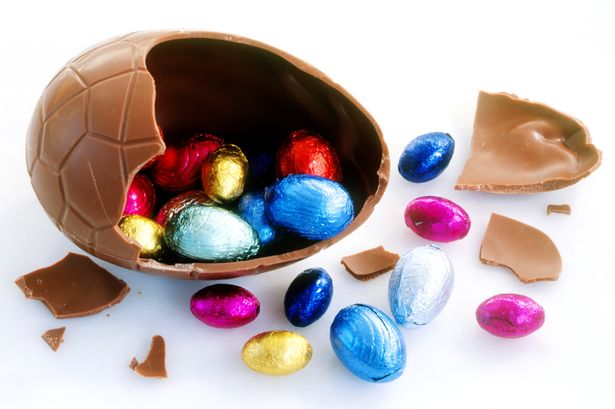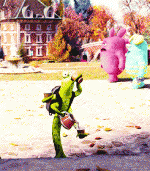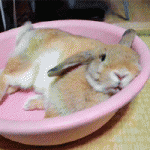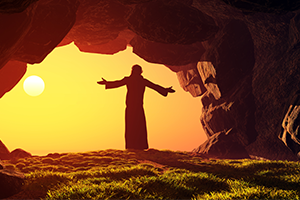 Easter is a key celebration in the Christian religion, arguably second only to Christmas. While Christmas celebrates the birth of Jesus Christ, Easter celebrates his rebirth or resurrection following his death by crucifixion. Good Friday is observed to mark the day of the crucifixion and Easter Sunday is the day of the resurrection.
Easter is a key celebration in the Christian religion, arguably second only to Christmas. While Christmas celebrates the birth of Jesus Christ, Easter celebrates his rebirth or resurrection following his death by crucifixion. Good Friday is observed to mark the day of the crucifixion and Easter Sunday is the day of the resurrection.
While this is the story behind Easter, it is often overshadowed as the greatest symbol of this celebration: the Easter Egg. But why a chocolate egg? Well, to be ‘eggsact’, the original Easter eggs weren’t chocolate. It’s the egg itself that’s the symbol. It is said to signify everlasting life and reincarnation. In the Christian religion, the egg symbolises the rock that covered the entrance to Jesus’ tomb while the hollow egg represents the empty tomb itself from which he was resurrected.
Over the years people began to exchange eggs to mark Easter and then began to decorate them. Originally, eggs were stained red in memory of the blood Christ shed at the crucifixion. As the tradition grew, people would start to give egg-shaped gifts including hollow eggs with sweets or a toy inside for children. Then the tradition turned to chocolate eggs, which is seen as a main symbol of Easter to this day.
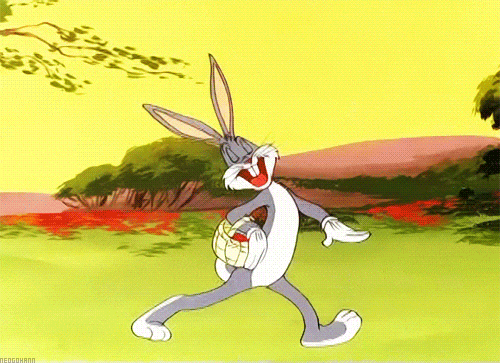 Now, the Easter Bunny is a whole other story. The Easter Bunny (or Easter Rabbit or Hare) originated in Germany and serves a similar role as Santa Claus at Christmas. The Easter Bunny is often depicted as carrying coloured eggs in a basket, candy, and sometimes toys to the homes of children that it deems to have been good and deserving of such gifts.
Now, the Easter Bunny is a whole other story. The Easter Bunny (or Easter Rabbit or Hare) originated in Germany and serves a similar role as Santa Claus at Christmas. The Easter Bunny is often depicted as carrying coloured eggs in a basket, candy, and sometimes toys to the homes of children that it deems to have been good and deserving of such gifts.
For all those observing this holiday, have a happy Easter.

